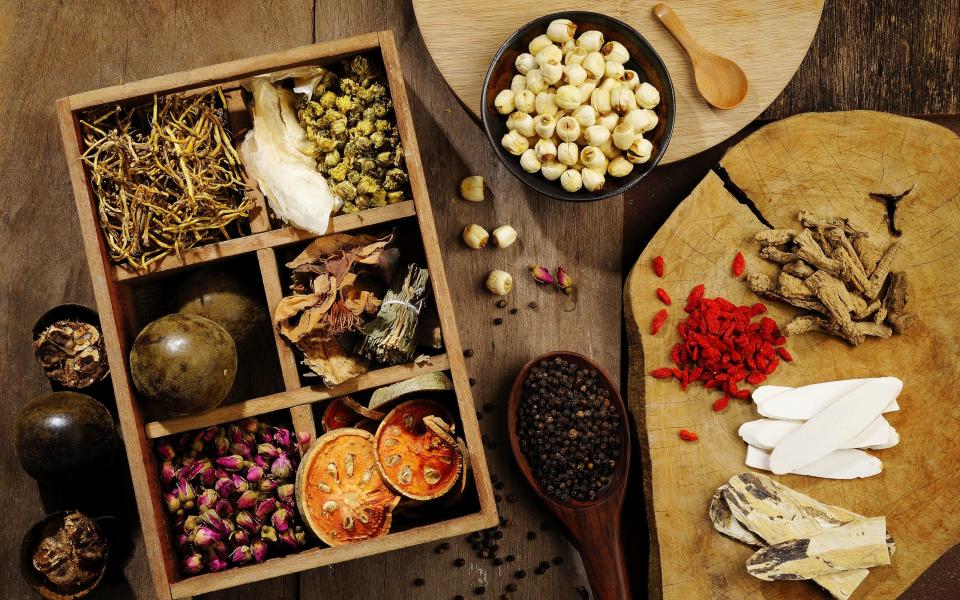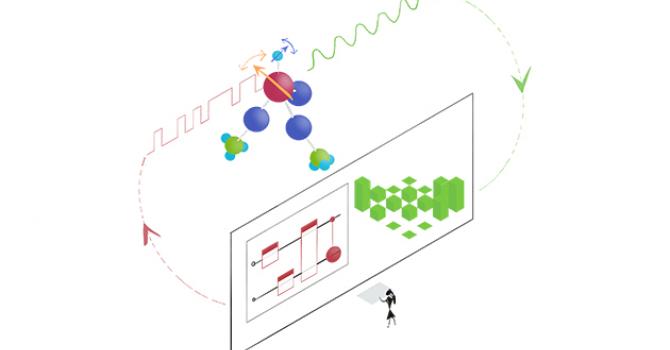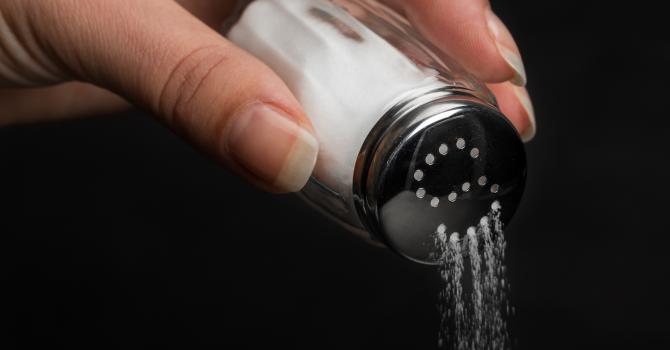In Combating Epidemic, Would Chemists Use Chinese Medicine?
Prof. Tim Woo, Associate Professor of Engineering Education of Department of Electronic & Computer Engineering, gives us insight into how engineers use AI to come up with new technologies amid Covid-19 pandemic.
By Prof. Dennis Chan, Department of Chemistry, HKUST
In the past, some might be skeptical about the benefits of traditional Chinese medicine or even found it superstitious. However, scientific research has gradually found evidence that chemicals found in Chinese herbal medicines are with various therapeutic effects. In fact, many modern medicines are derived from chemical substances extracted from plants. For example, codeine, an alkaline component from Papaver Somniferum (commonly known as the poppy plant), has now been developed into an active ingredient in cough syrup.
In February 2020, the National Administration of Traditional Chinese Medicine suggested that Pneumonia No. 1, a special lung cleansing soup, be included in the COVID-19 diagnosis and treatment plan. Clinical trials have shown satisfactory results on patients with mild symptoms. The constituents of Pneumonia No. 1 include more than ten traditional Chinese medicinal materials such as Lonicera Japonica (also known as Japanese honeysuckle or golden-and-silver honeysuckle) and Forsythia Suspensa (also known as golden bell forsythia).
Among them, golden-and-silver honeysuckle has always been considered a healthy herb well-known for its ability to strengthen immune system and combat virus. For this reason, many herbal tea products on the market contain golden-and-silver honeysuckle. From the perspective of chemists, golden-and-silver honeysuckle contains a lot of the chemical ingredients. Chlorogenic acid is one of the acidic components among them. Research has found the mechanism of chlorogenic acid’s anti-viral activity against influenza A virus. Found on the surface on influenza virus, a protein called neuraminidase plays a vital role in the life cycle of influenza virus. It helps the mature influenza virus particles detach from the host cell and infect others. As chlorogenic acid is able to inhibit neuraminidase, it can resist viruses. 1 In addition, research has also found that chlorogenic acid can significantly increase the permeability of the outer membrane and plasma membrane of bacterium, which results in the loss of barrier function and causes leakage of bacterial cytoplasm. Thus it shows antibacterial effect. 2
Golden bell forsythia, on the other hand, is a relatively less commonly used medicinal herb which is reputedly used for heat-clearing and detoxification. Recent studies have found that forsythiaside A, one of the weakly acidic components in forsythia, has functions against influenza virus. Forsythiaside A is considered helpful in interfering the virus, causing it to leave the infected cells. As a result, it shows inhibition on the propagation and spread of influenza virus, and ultimately reduced the chance of onset.3
Chemical research not only helps discover the effective ingredients and formulate extraction techniques, but also helps modernize Traditional Chinese medicine. The process of producing the now popular Chinese medicine granules requires stringent quality control standards as well as special attention to the amount of active ingredients of each medicinal material in each production step. For example, we must conduct efficient and accurate chemical analyses. This is to make sure that the active ingredients in the Chinese medicine granules (such as the antiviral or antibacterial ingredients - chlorogenic acid and forsythiaside A) can reach the effective concentrations and prevent loss or chemical decomposition in the production process. In the end, we can ensure that these Chinese medicinal products are safe, effective, standardized and easily absorbed.
Traditional Chinese medicine may well be an option for chemists. However, in the unfortunate case that one does get infected, one should seek medical advice as soon as possible, be it traditional Chinese or Western medicine, to avoid delaying any treatment.
REFERENCES
1. Y. Ding et al, Antiviral activity of chlorogenic acid against influenza A (H1N1/H3N2) virus and its inhibition of neuraminidase, Sci. Rep. 2017, 7, 45723.
2. Z. Lou et al, Antibacterial activity and mechanism of action of chlorogenic acid. J. Food. Sci. 2011, 76(6), M398-403.
3. A.H. Law, et al. Antiviral effect of forsythoside A from Forsythia suspensa (Thunb.) Vahl fruit against influenza A virus through reduction of viral M1 protein. J. Ethnopharmacol. 2017, 209, 236-247.






